The “Types of Pigs in Pipeline” refers to the various specialized devices used within the pipeline industry to perform a range of maintenance tasks, including cleaning, inspecting, and sealing pipelines. These pigs are categorized based on their functionality: Utility pigs clean general deposits and moisture. Inline Inspection pigs, also known as smart pigs, come equipped with sensors to assess structural integrity and detect anomalies. Specialty pigs feature designs for specific tasks like batching or separating different products. Operators use Sealing pigs to test and ensure the integrity of pipeline sections. By understanding and utilizing the appropriate types of pigs, pipeline operators can significantly enhance the efficiency, safety, and lifespan of their pipeline systems.
Pipelines utilize various types of pigs to execute maintenance, cleaning, inspection, and separation tasks within the pipeline system. Specifically, each type of pig is meticulously designed to serve specific purposes, ranging from basic cleaning to more complex inspection tasks. To better understand their roles, here’s a detailed rundown of the principal types of pigs used in pipelines:
Types of Pigs
Utility Pigs
Utility pigs are primarily used for cleaning and are designed to remove debris and buildup inside the pipeline. This category includes:
Foam Pigs: Made from flexible foam, they are excellent for light cleaning and drying. Foam pigs can easily navigate bends and diameter changes.
Brush Pigs: Equipped with brushes made from wire or plastic, they scrape off harder deposits like wax, black powder, and scale.
Inline Inspection Pigs (Smart Pigs)
Smart pigs are sophisticated devices used to inspect the integrity of pipeline walls and detect anomalies like cracks, corrosion, and other structural weaknesses. They use technologies such as:
Magnetic Flux Leakage (MFL) Pigs: Employ magnetic sensors to detect corrosion and pitting on ferrous pipelines.
Ultrasonic Test (UT) Pigs: Use high-frequency sound waves to measure wall thickness and find metal loss due to corrosion.
Specialty Pigs
Specialty pigs are designed for specific tasks that go beyond cleaning and inspection:
Batching Pigs: Used to separate different fluids transported in the same pipeline.
Bi-Directional Pigs: Can travel in either direction within the pipeline, making them versatile for various operations.
Gel Pigs: Consists of a gelatinous substance that conforms to the pipeline geometry, used for batch separation and displacement of fluids.
Plug Pigs: Used to isolate sections of the pipeline for maintenance or emergency repairs.
Sealing Pigs
Operators use sealing pigs to test the leak-tightness of new or repaired pipelines. They also use them to remove air from certain sections of a pipeline during commissioning processes.
Combination Pigs
Combination pigs incorporate features from different pig types to perform multiple functions during a single run. For example, a pig might combine cleaning brushes with MFL sensors to clean the pipeline while simultaneously inspecting for structural integrity.
Each type of pig plays a crucial role in maintaining the health, efficiency, and safety of pipeline systems, catering to a wide variety of needs across different industries and applications.
Something about Pipeline Cleaning
Pipeline cleaning is a crucial maintenance practice in the pipeline industry, ensuring the safe and efficient transport of various substances, ranging from oil and gas to chemicals and water. As part of this essential process, operators focus on the removal of deposits, debris, and other contaminants that can accumulate inside pipelines over time. Consequently, the primary goals of pipeline cleaning include maintaining or increasing flow efficiency, preventing corrosion, and extending the lifespan of the pipeline infrastructure, thereby safeguarding the operational continuity and environmental compliance of the system.
Pipeline cleaning is also essential for ensuring compliance with environmental and safety regulations, as a clean pipeline is less likely to experience leaks and spills that could lead to significant environmental damage. Operators employ advanced techniques like pigging, chemical cleaning, and hydroblasting to address various challenges posed by different types of deposits. Regular cleaning schedules help mitigate the risk of pipeline failure, thus maintaining operational integrity and preventing costly downtime and repairs.
Methods of Pipeline Cleaning
Mechanical Cleaning: This common method uses devices called ‘pigs.’ Pigs: Tools inserted into pipelines, scraping and brushing away deposits. Variety: Ranges from simple foam pigs for light cleaning to complex intelligent pigs with sensors for inspections.
Chemical Cleaning: Operators use chemical cleaners to dissolve or dislodge residues that mechanical methods struggle to remove. This method often addresses severe blockages or specific deposits like scale or hydrates.
Hydrodynamic Cleaning: Also known as water jetting, this method uses high-pressure water to remove debris and residues from the pipeline walls. It effectively removes tough blockages and operators often use it in combination with mechanical pigs.
Importance of Pipeline Cleaning
Efficiency and Flow: Regular cleaning maintains optimal flow and pressure, enhancing efficiency and reducing energy use.
Corrosion Prevention: Cleaning removes corrosive substances, preventing internal corrosion, leaks, and costly repairs.
Product Purity: In pipelines for food, beverage, or pharma, cleaning prevents contamination between batches.
Safety and Compliance: Regular cleaning prevents accidents and environmental harm, ensuring compliance with regulations.
Pipeline Cleaning: A proactive maintenance task that enhances pipeline sustainability and profitability.
Whether using mechanical, chemical, or hydrodynamic methods, regular cleaning is essential for keeping pipelines functioning smoothly and reliably.



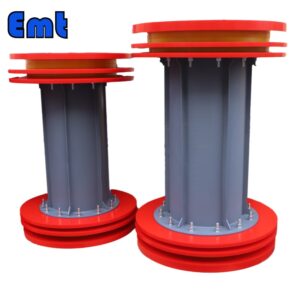

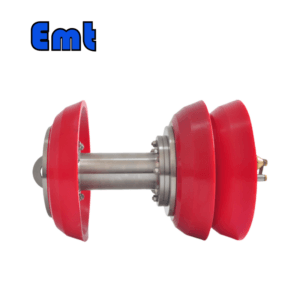
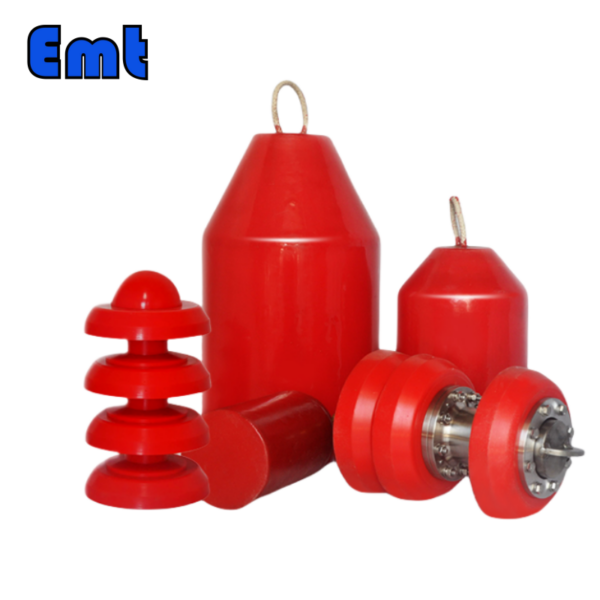
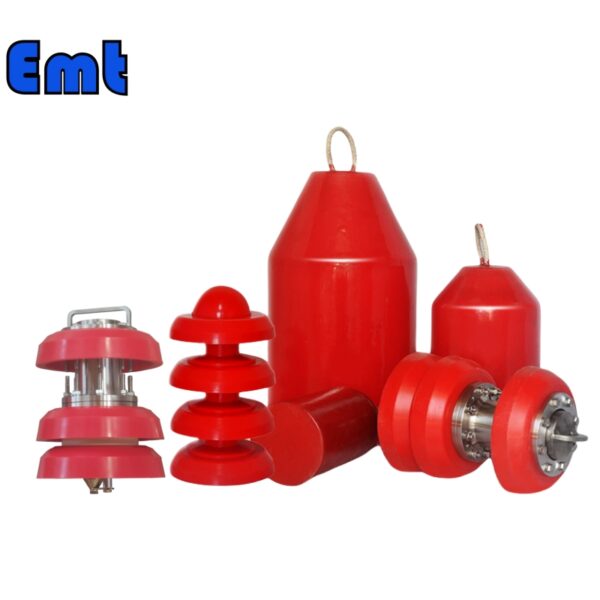

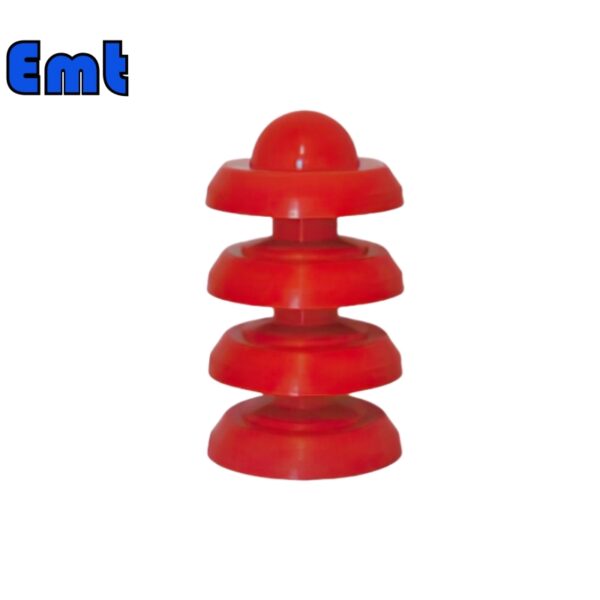
There are no reviews yet.